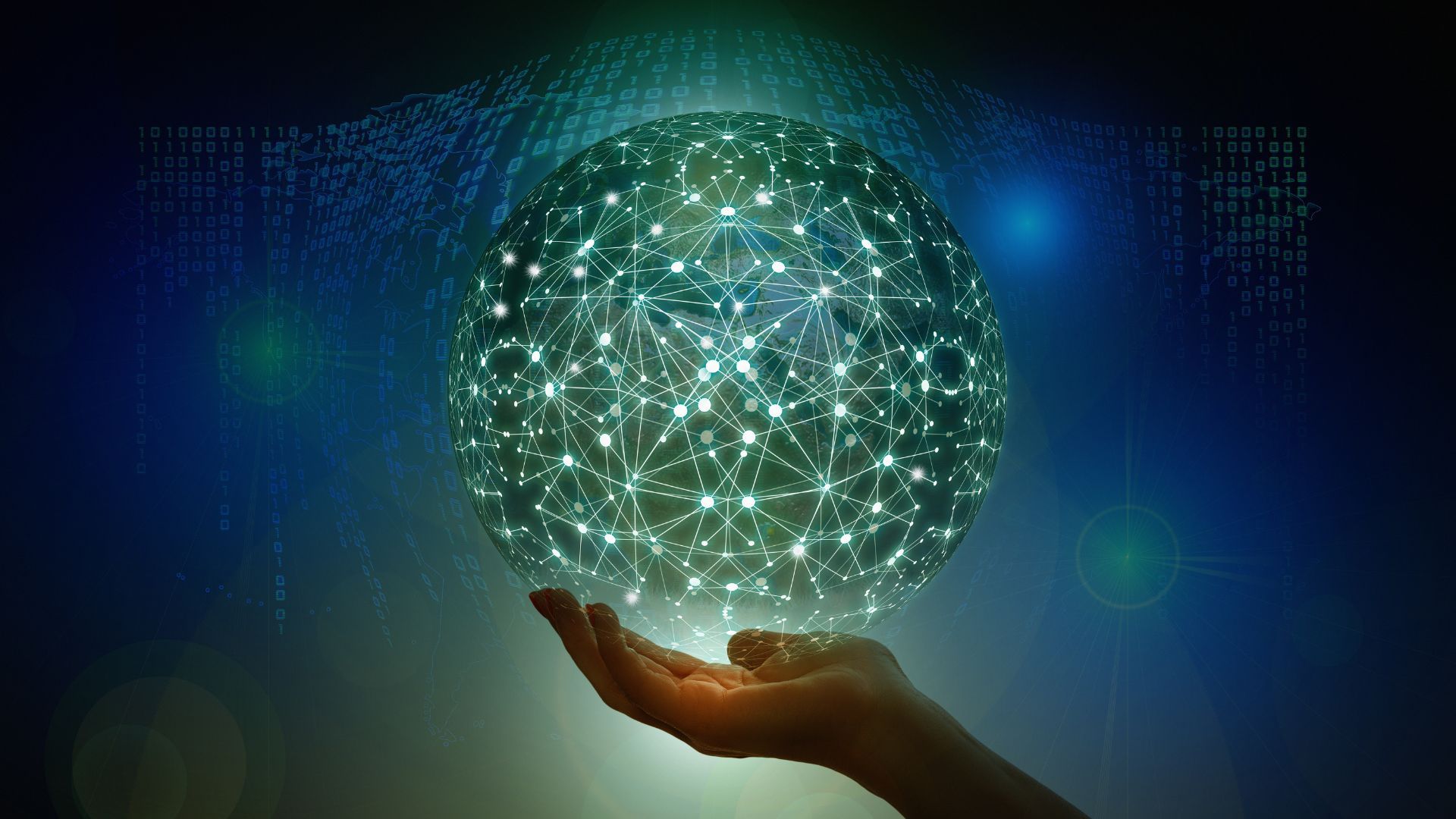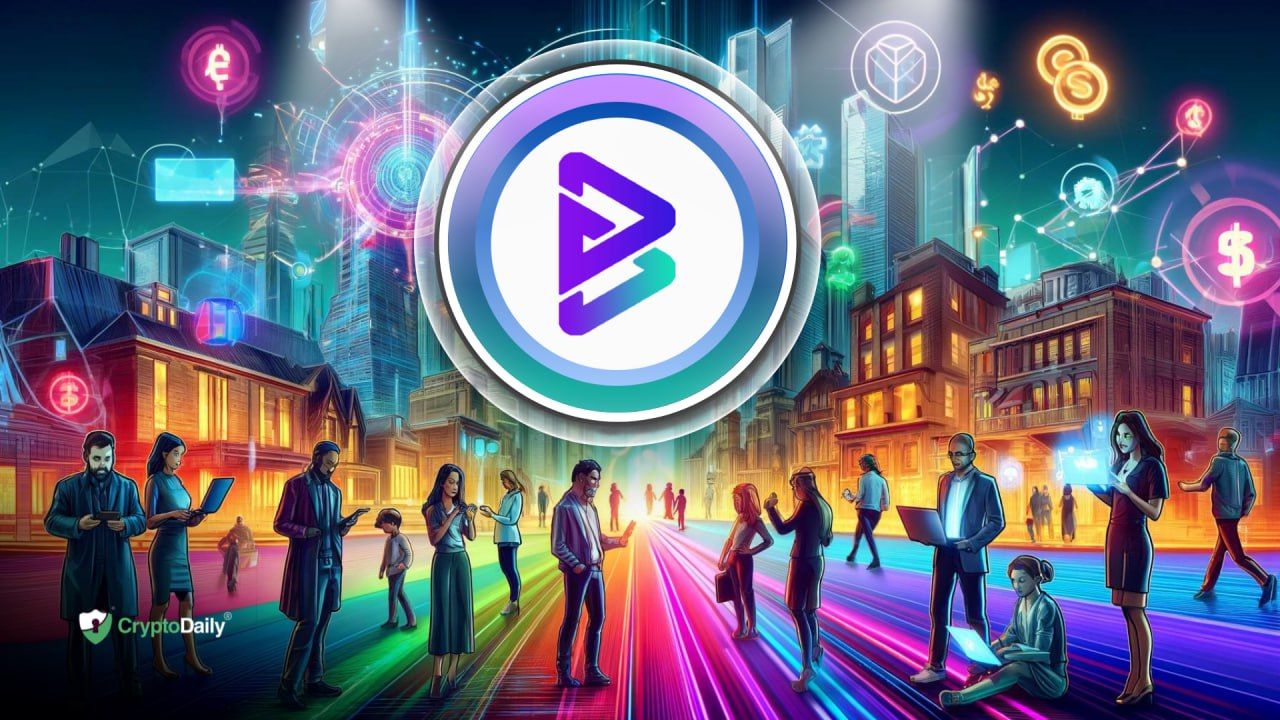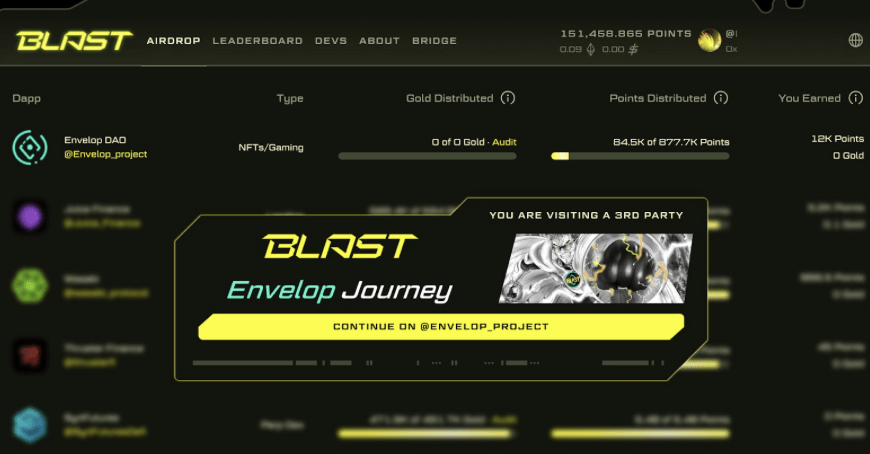Table of Contents
- Digital Identities: The Backstory
- But what makes digital identities so important?
- Digital Identities In Web 3.0
The internet was originally created without any native identity layer for users. However, as technology evolved, Web 2.0 or the internet that we know and use today has become increasingly reliant on a “digital trust framework” to establish unique identities and trust between individuals and organizations worldwide.
Also known more colloquially as “digital identities,” these unique identifiers consist of a multitude of personal identifiable information (PII) about an individual, organization, or electronic device that is a part of the world wide web.
Digital Identities: The Backstory
Whether for online banking, purchasing goods and services, accessing government services, or booking medical appointments, almost everything you do online is tied to your digital identity. In fact, digital identities have become so important that in some cases, prospective users can’t even access services or perform specific tasks without them.
But what makes digital identities so important?
Well, at the risk of sounding like a broken record, trust is everything in the digital realm. Digital identities establish trust by bridging the gap between consumers, organizations, and IoT devices. For instance, service providers and governments can’t pursue digital transformations unless they “trust” the end-users. Similarly, lack of “trust” also prevents consumers from using online products and services - presenting an enormous obstacle towards greater inclusivity. Additionally, a lack of trust in the IoT (Internet of Things) ecosystem can cause significant friction in device interaction, limiting the technology's further development.
Even though digital identities are among the most crucial components of Web 2.0, its application has severe problems. The problems with digital identities didn’t attract much attention in the early days of Web 2.0, primarily because there weren’t a vast number of users. But with billions of people now accessing online products and services, the drawbacks of digital identities are becoming more and more apparent.
Currently, usernames and passwords still dominate the Web 2.0 ecosystem, despite being repeatedly questioned for being an insecure model. On average, a regular internet user has to juggle between 70 to 80 usernames and passwords - that’s a lot of information to remember and ultimately leads to poor user experience. At the same time, all of this data is stored and managed by a handful of centralized organizations, leading to data misuse, identity thefts, and other similar problems.
Digital Identities In Web 3.0
As we transition from Web 2.0 to Web 3.0, digital identities will continue holding a pivotal role in bridging the different ecosystems. That said, it is essential to realize that “digital identity” in the cryptoverse and its related areas like DeFi (decentralized finance), the Metaverse, play-to-earn (P2E) games, and other applications is significantly different from the way digital identities are employed across Web 2.0.
Centralized authorities will no longer control digital identifiers in Web 3.0. Instead, Web 3.0 is ushering in a new era of decentralized identifiers (DIDs) - blockchain-powered solutions that give users complete control over their data, who they want to share it with, and how much they want to share.
Imagine a scenario where you want to access a social media platform. While registering, the platform will ask you to prove your age. What if there was a solution that allowed you to prove your age without even revealing your date of birth? That’s where DIDs come into play, giving you the ability to limit others' access to your personal information while at the same time allowing you to maintain trust across the Web 3.0 ecosystem.
The vast expanse of Web 3.0 will rely extensively on digital identities. By design, Web 3.0 is based on the premise that each user or entity will have unique identifiers that can be natively linked to platforms and stored on the blockchain. A portion of the user’s on-chain activity will be public and easily verifiable via their digital wallets, contributing to a user’s “digital identity.” Think of it as an on-chain history, unique to each individual or entity that will function similarly to your Facebook or LinkedIn profile.
However, there’s a significant difference between Web 3.0-based digital identities and Web 2.0 identities. Decentralized identities are backed by immutable evidence: permanent, timestamped, and decentralized records of users’ and entities' personal information (driving license, passport), purchases (NFTs, digital tokens, etc.), interests, activities, contributions, and accomplishments, among others.
When fully adopted, digital identities in Web 3.0 will allow users to “carry their full selves” through the fragmented ecosystems built across different blockchains, including their affinities and experiences reflected by what they have willingly shared on-chain. The longer the on-chain history of a user, the more the trust.
Yes, the above sounds a bit far-fetched for now. Still, at the speed at which we are transitioning towards Web 3.0, decentralized identifiers (DIDs) will gradually remove existing digital identifiers and their drawbacks for the greater good. To date, several projects have already spearheaded the efforts to leverage the power of DIDs in real-world scenarios.
Take, for instance, KILT Protocol. Developed by BOTLabs GmbH, KILT Protocol offers a fully decentralized, open-source blockchain protocol that allows users and businesses to issue verifiable, anonymous, and self-sovereign Web 3.0 credentials. Currently, the German federal agency (dena), DeBio Network, and the German Federal Ministry for Economic Affairs and Energy are using KILT Protocol to overcome the limitations of existing identifiers.
Recently, KILT launched SocialKYC, the platform’s flagship product that offers a digital identity management solution that allows users to store and manage their personal information while giving them the power to decide which online services can access specific parts of their PII.
SocialKYC can be used to issue self-sovereign identifiers, establish on-chain DIDs, and connect “verifiable credentials” to the DID, allowing users to move across the Web 3.0 ecosystem without ever having to rely on a centralized intermediary or worry about data privacy issues. It currently works with Twitter and email, with other social media platforms like Discord, Github, and Twitch to be added soon. SocialKYC will expand its DIDs to other mainstream industries like eSports, blockchain gaming, healthcare, DeFi, and the Metaverse in the coming days.
Digital identities are long due for a massive makeover. With Web 3.0 around the corner, the very concept of digital identities is poised for a paradigm shift, ultimately freeing us from the grips of centralized siloes that have taken over our data and our privacy.
Disclaimer: This article is provided for informational purposes only. It is not offered or intended to be used as legal, tax, investment, financial, or other advice.















